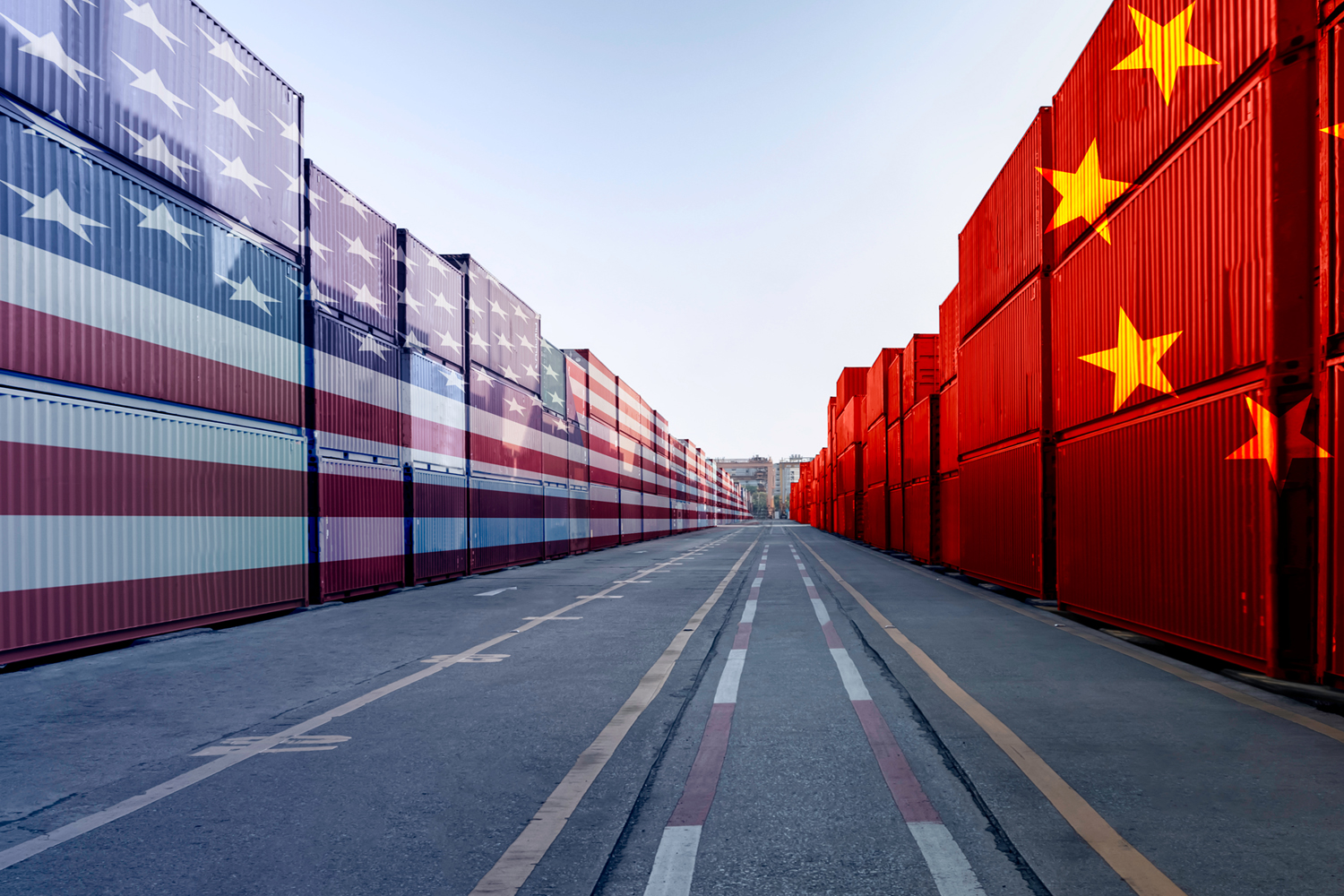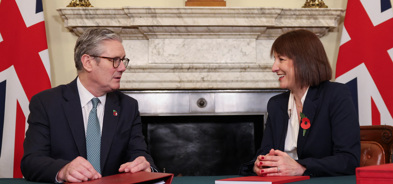Who’s zooming who in the Biden-Xi virtual meeting?
After the fractious relations of the Trump era, many investors had hoped for greater harmony between the US and China under the Biden administration. In particular, many had hoped for the rolling back of tariffs to facilitate trade between the world’s two largest economies. A virtual meeting between Joe Biden and Xi Jinping showed progress is possible, even if many divisions remain.
The value of investments can fall as well as rise and that you may not get back the amount you originally invested.
Nothing in these briefings is intended to constitute advice or a recommendation and you should not take any investment decision based on their content.
Any opinions expressed may change or have already changed.
Written by Daniel Casali, Chief Investment Strategist
Published on 23 Nov 20213 minute read

The meeting produced no tangibles but cannot automatically be dismissed as a failure. The talks were considered to be friendly and positive in their tone. Xi referred to Biden as an “old friend”, while both sides stated the need to manage risks. It lasted for three and a half hours, so the discussions were substantive, rather than simply making pleasantries. The meeting, at Biden’s request, covered human rights concerns, health, climate, South Korea, Taiwan, Afghanistan and Iran, and energy supplies.
Trade tariffs remain an important issue for both sides. Chinese policymakers are keen to see them repealed, but the US continues to believe they provide useful negotiating leverage. There is also a concern that repealing tariffs too soon could play badly in the US mid-term elections next November. However, lower tariffs would help lower input prices for US businesses and improve the inflation situation for US consumers: high inflation could also be a key issue ahead of the US elections.
The threat looms that the Biden administration may open a new tariff investigation under Section 301 of the 1974 Trade Act, but the plan has been to engage with the Chinese first. If there is no progress, the US administration could use the Section 301 provision to raise tariffs on the sensitive industries for China such as steel, cement, or clean energy.
However, an escalation seems unlikely given that both sides need to shore up domestic support. President Biden’s popularity has slumped, and there have been electoral losses for his Democratic Party. Equally, he struggled to convince his own party to pass his signature legislative proposal, the $1.2trn infrastructure bill. It only passed with the support of 13 House Republicans. Meanwhile, the Chinese economy has shown recent signs of weakness, which may cause problems for Xi further down the line. He may well be blamed domestically for the property sector downturn and power supply shortages.
As such, while there was no mention of a trade deal from either the White House or Beijing after the meeting, there are still grounds to be optimistic that the US-China trade restrictions under Trump will be loosened. China and the US expressed a view to future cooperation on dealing with climate change. This gives political cover for Biden from the progressive wing of the Democratic Party to work with China. Outside of the Xi-Biden meeting, US Trade Representative (USTR) Katherine Tai has already begun negotiations with her Chinese counterpart Liu He regarding China's implementation of the phase one trade deal negotiated by Trump.
Some key risks to souring US-China relations include Taiwan and human rights. The Singapore Prime Minister Lee Hsien Loong reflected the fears of much of the international community when he warned that a single misstep could see the US and China at war over the sovereignty of Taiwan.1
The meeting brought little progress on the issue with both sides holding apparently intractable positions. A Chinese foreign ministry spokesperson Wang Wenbin recently made the Chinese position clear: “Any attempt to challenge the one-China principle and resist China's reunification will be resolutely defeated. Any attempt to support 'Taiwan independence' and go against the historical trend will end in failure." President Biden has also said on several occasions that the US would come to the defence of Taiwan if China invaded it, though China may be betting that there will be little domestic support for intervention after the debacle of the Afghanistan exit.
Yet talk of concrete military action should be taken with a hint of caution. TS Lombard reported a significant decrease in weekly Chinese aircraft incursions into Taiwan’s air zone.2 It is hard to ascertain whether this decline was a way of appeasing the US in the backdrop of the meeting or purely coincidental. Regardless of this, despite seemingly boisterous claims from various politicians, developments in Taiwan seem to point to a continuation of the status-quo as opposed to any concrete military intervention.
On balance, the meeting may not appear to have achieved much, but it opens communication channels between the two countries and makes an easing of tariffs more likely. This should be welcomed by investors.
This article is based on our opinions which may change. It is not intended to constitute advice or a recommendation, and you should not take any investment decision based on its content.
Sources:
- Financial Review, “Singapore PM warns of US-China ‘miscalculation’ over Taiwan”, data as at 18 November 2021
- TS Lombard, “Taiwan invasion risk remains muted”, data as at 19 November 2021
Get insights and events via email
Receive the latest updates straight to your inbox.
You may also like…

Market news
2024 Autumn Budget Overview: The key announcements from Chancellor Rachel Reeves


Market news



